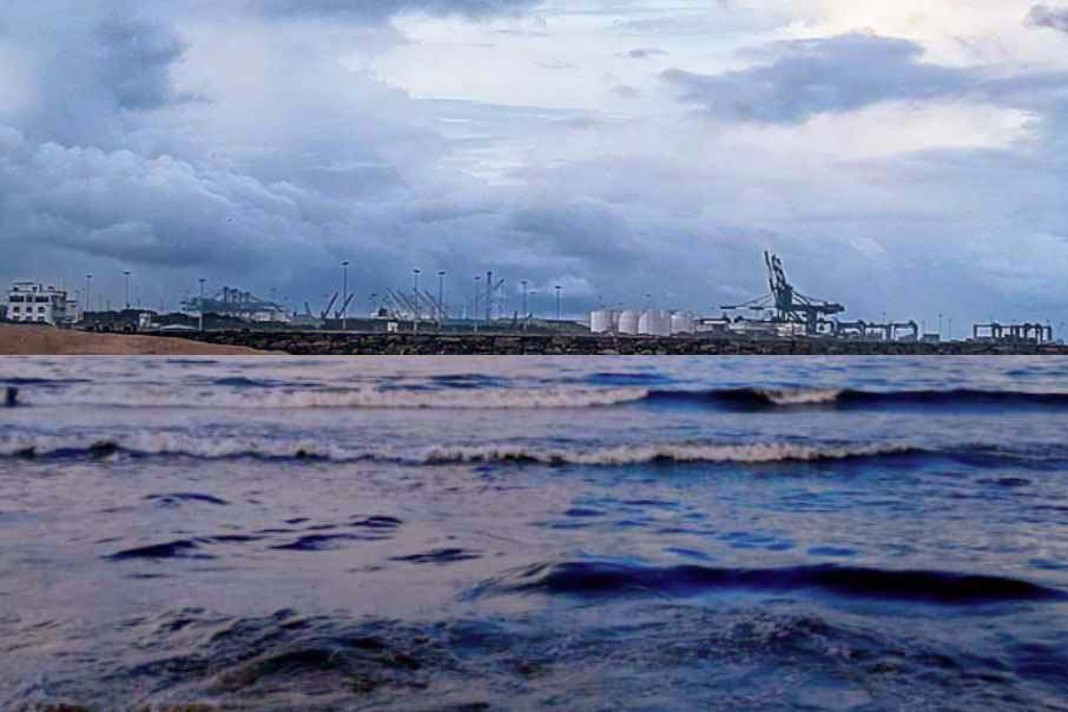The Mediterranean MoU reported in its latest Port State Control Annual Review that detention figures rose sharply in 2024, marking a significant shift in regional compliance trends and reinforcing the need for stronger maritime safety oversight across the region.
According to the organization’s annual summary, the eleven Member States completed 5,993 inspections on 4,907 ships, with detentions increasing by 20% year over year. A total of 196 detentions were recorded, pushing the annual detention rate to 3.3%, up from 2.6% in 2023.
The report highlights that 61% of inspections resulted in deficiencies, and 1,290 of those were classified as detainable, with 16% linked to Recognized Organizations. This signals ongoing structural and technical challenges affecting vessel operations and compliance.
Inspection Trends Across the Mediterranean
The inspection volume rose slightly compared to the previous year, with Türkiye contributing 2,483 inspections, followed by Egypt with 1,287.
General cargo and multipurpose ships accounted for the largest share of activity, recording 2,207 inspections, followed by bulk carriers with 1,948 inspections.
The data suggests that these segments continue to face heightened scrutiny, reflecting their prevalence in regional trade routes and their historically higher rates of operational non-conformities.
Detentions: A Noticeable Climb
The rise in detentions formed one of the most prominent findings of the report.
General cargo and multipurpose vessels accounted for 69% of total detentions (135 detentions), while bulk carriers represented 13% (25 detentions).
With an overall rise in detention rates, the findings underscore increased operational challenges and highlight compliance gaps that port authorities continue to confront.
Deficiencies: Where Compliance Faltered
A total of 15,156 deficiencies were documented, reflecting a 17% decrease from 2023, though the severity of issues remained notable.
General cargo and multipurpose ships recorded 8,694 deficiencies, with bulk carriers adding 2,933.
The most problematic areas were:
-
Certificates & Documentation, flagged 2,327 times in 2024
-
Safety of navigation, noted 1,961 times
Age remained a decisive factor in deficiency rates. Only 6% of deficiencies were recorded on ships under 10 years old, while 34% were found in vessels aged 10–20 years and 60% in those older than 20 years—reinforcing the link between aging fleets and compliance risk.
Flag Performance
Among flag states, the highest inspection numbers were reported for Panama, which recorded 967 inspections and a 3% detention rate.
Liberia followed with 800 inspections, a resulting 400 deficiencies, and a 1% detention rate.
The report indicates varying levels of compliance performance across major registries, reflecting broader operational and technical management standards.
CIC Focus: Seafarer Wages and Employment Agreements
Between 1 September and 30 November 2024, the Mediterranean MoU conducted a dedicated Concentrated Inspection Campaign targeting wages and seafarer employment agreements under MLC, 2006 standards.
During this period:
-
1,507 PSC inspections were carried out on 1,353 vessels
-
49 total detentions were recorded, of which 10 were linked to CIC findings
-
561 inspections used the CIC questionnaire, resulting in 4 detentions directly tied to MLC issues
The weakest compliance point emerged from the question verifying whether seafarers received properly signed employment agreements, yielding 1.07% negative responses.
On the positive side, wage deduction compliance showed 0% negative results, indicating full adherence within the inspected sample.
Bulk carriers saw the largest number of CIC inspections—185—with no detentions recorded.
Among flag states, Panama logged 80 CIC inspections with one detention, resulting in a 1.25% CIC detention rate.
A Broader View of Maritime Compliance
The Mediterranean MoU’s 2024 report paints a clear picture of a tightening regulatory environment shaped by operational complexity, aging fleets, and evolving safety expectations. Rising detentions and persistent documentation and navigation-related issues emphasize the continued relevance of rigorous compliance strategies and robust onboard management systems.
As port authorities maintain a firm stance on maritime safety and seafarer welfare, stakeholders across the industry—owners, operators, technical managers, and crews—are expected to maintain heightened vigilance to remain aligned with regional compliance expectations.
Did you subscribe to our daily Newsletter?
It’s Free — Click here to Subscribe!
Source: SAFETY4SEA















![[Watch] Crazy Power Needed to Move World’s Largest Containerships](https://mfame.guru/wp-content/uploads/2023/11/mfame-tanker-100x70.jpg)
